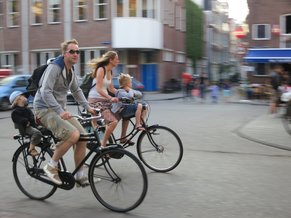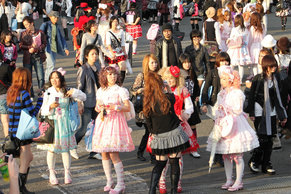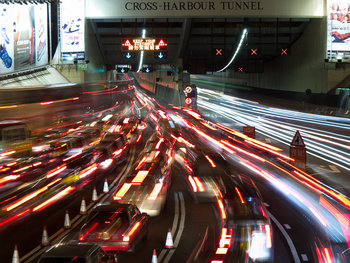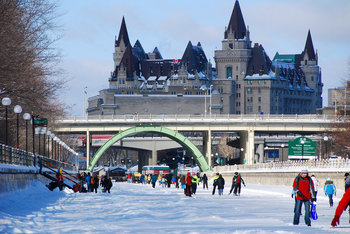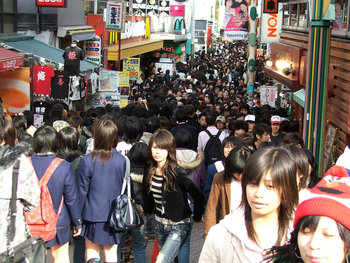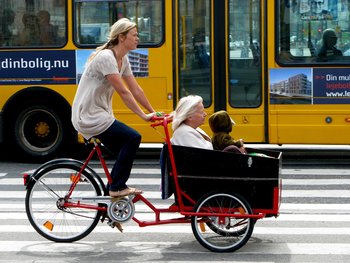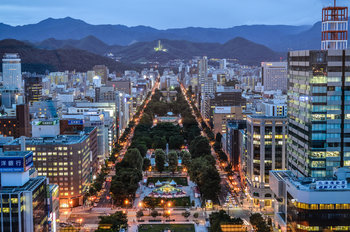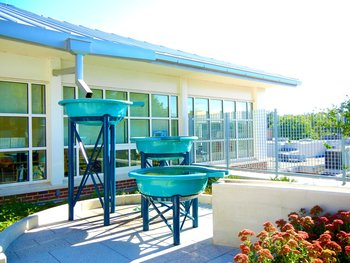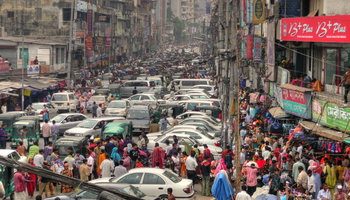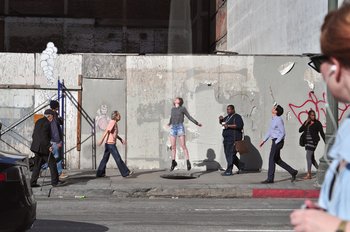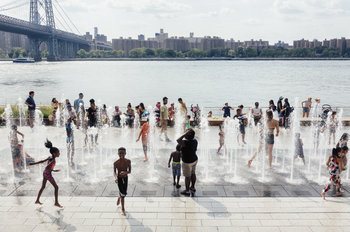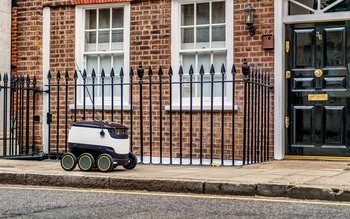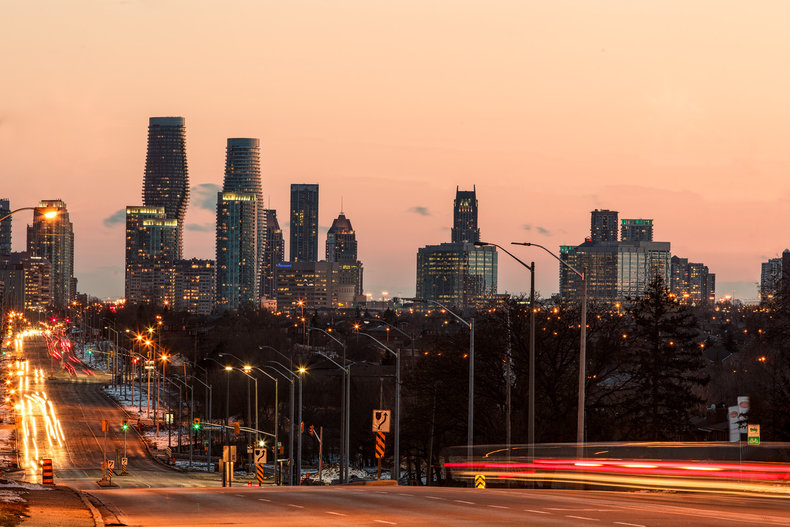
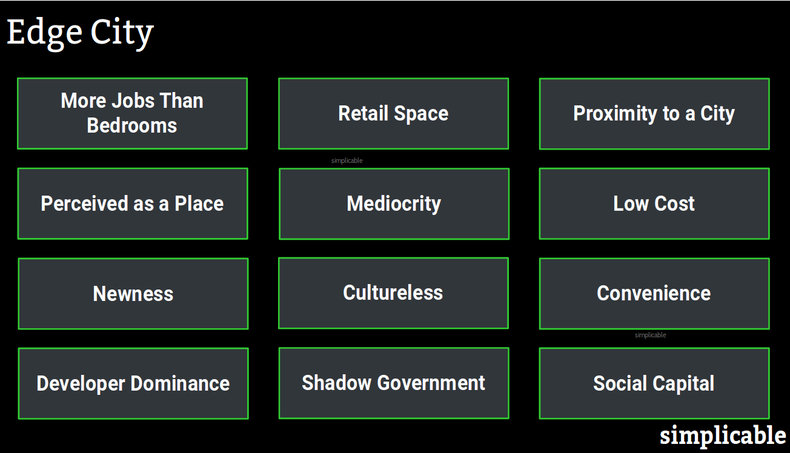
More Jobs Than Bedrooms
An edge city has millions of square feet of office space and a higher population during business hours.Retail Space
An edge city attracts more shoppers than its local population and has at least half a million square feet of retail space.Proximity to a City
Edge cities are suburban locations near a larger city.Perceived as a Place
An edge city is more than just a transportation hub with a few buildings, it is perceived as a city by residents.Mediocrity
Edge cities are characterized by mid-sized office towers, mid-sized shopping complexes and strict zoning laws that ensure conformity.Low Cost
Edge cities can only compete with a primary city by offering lower prices for office space, retail space and homes.Newness
Edge cities are new developments in an area that was relatively unpopulated 30 years ago.Cultureless
Edge cities are centrally planned, new areas that haven't had time to develop a local culture.Convenience
Edge cities are convenient. In North America, this typically means wide streets, closeness to highways and ample parking. It is also possible for an edge city to grow around a train station without much parking.Developer Dominance
In many cases, an edge city is fully developed by a single firm or a small number of firms.Shadow Government
Local decisions may be dominated by a private corporation such as a homeowner association that controls local rules and security. Such organizations impose fees that resemble a tax.Social Capital
An edge city may have little social capital. For example, neighbors may not identify with each other or view each other with a sense of fellowship and reciprocal kindness.The Future of Edge Cities
As edge cities age they may develop a culture, social capital and more democratic processes. For example, Tokyo has dozens or perhaps hundreds of downtown-like areas in suburban locations. However, many of these are reasonably old and have developed a unique character over time.Edge City vs Lone Eagle City
An edge city is a affordable location that offers a concentration of offices, retail and residences so that people can live, work and shop without traveling far.Current economic trends such as the ability to work and shop from home make edge cities less appealing as people want to live in places where they might take a vacation. Cities with a high percentage of residents working from home are known as lone eagle cities. These can be either urban environments or small towns that offer a high quality of life such that they attract people who have the freedom to live anywhere.| Overview: Edge City | ||
Type | ||
Definition | A suburban area that has all the features of the downtown core of a city. | |
Coined By | Joel Garreau | |
Related Concepts | ||

